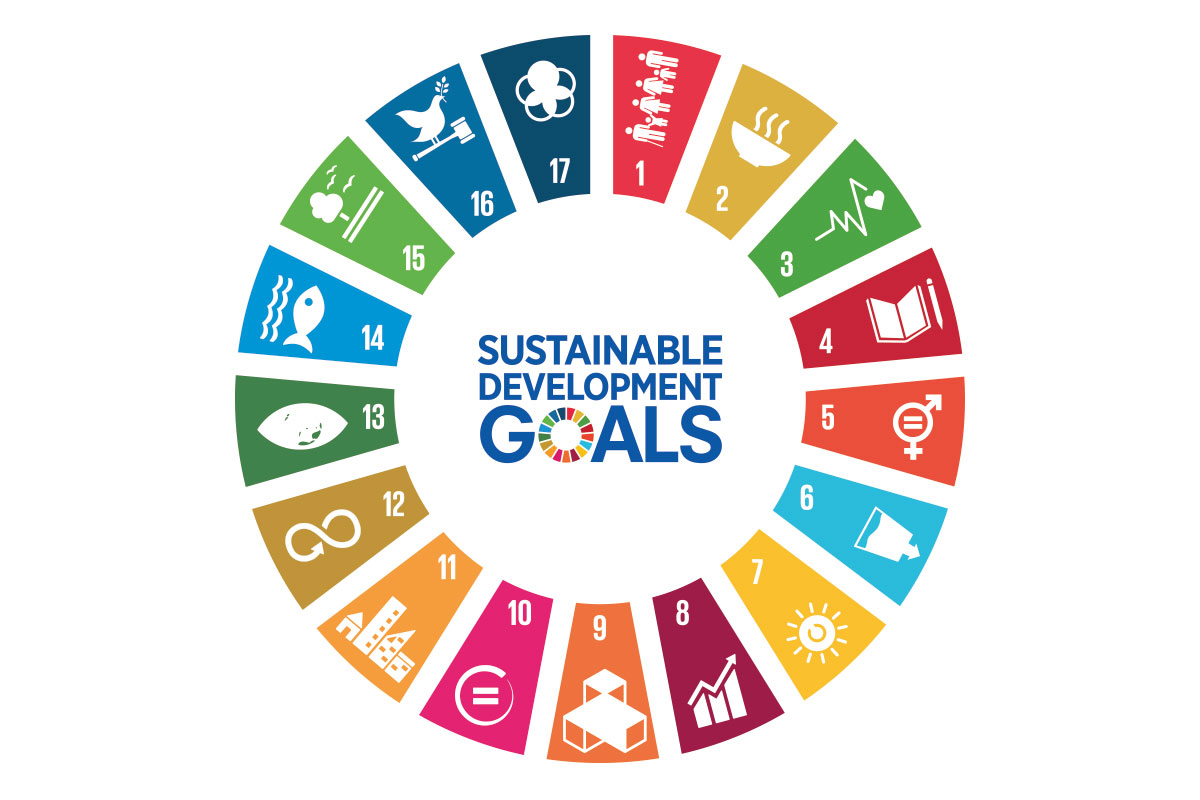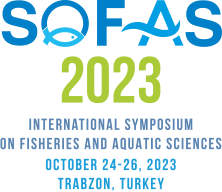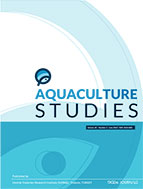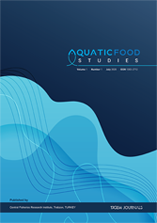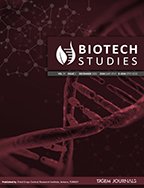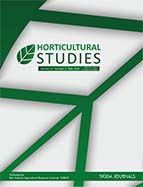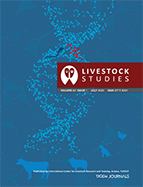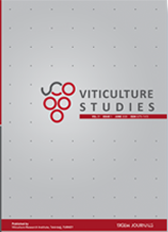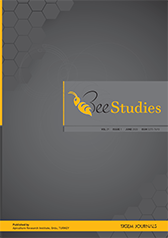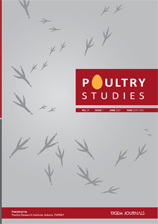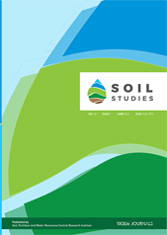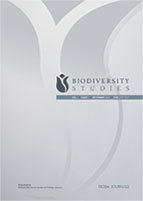From Germs to Mammals in Aqua
CiteScore: 1.0
SCOPUS 2023
SCOPUS 2023

This journal is licensed under a Creative Commons Attribution-NonCommercial-NoDerivatives 4.0 International License
Genetics of Aquatic Organisms
2025, Vol 9, Num, 2 (Pages: GA878)
Molecular Evolution of Cytochrome c Oxidase I Marker Encoded Protein Across the Fish Families from The Bay of Bengal, Odisha Coast, India
2 Gangadhar Meher University, School of Biotechnology, Amruta Bihar-768004, Sambalpur, Odisha, India
3 Berhampur University, P.G. Department of Zoology, Bhanja Bihar-760 007, Berhampur, Odisha, India DOI : 10.4194/GA878 Viewed : 619 - Downloaded : 344 The BOLD database contains approximately 20.5 million Cytochrome c Oxidase I (COI) barcode sequences belonging to 3.6 lakhs species, among which 2.6 lakhs are animal species, which have made the COI gene fragments of the animal kingdom's most thoroughly sequenced gene area. Additionally, COI barcodes present a distinctive resource for investigating functional limitations on DNA evolution, as the barcode region is situated at the center of cellular energy production, where COI is one of the Cytochrome c Oxidase (COX) protein's building parts. This study has compared the amino acid variations in COI barcode areas across different fish families, as they are the major contributors to the current vertebrate population. The COI sequences produced by the DNA barcoding program in the Bay of Bengal, Gopalpur-on-sea, India, were explored in the present study. Among the families under study, 28 amino acid variations were detected inside the COI barcode sequences. The Sciaenidae family displayed the greatest number of variants among all the families, with variations in the 19 amino acid positions. Overall, these results show DNA barcodes of how the fish species may be used for purposes far beyond taxonomy and identification, followed by a wide range of research. Keywords : Bay of bengal Fish DNA barcoding Protein structure Structural modeling


